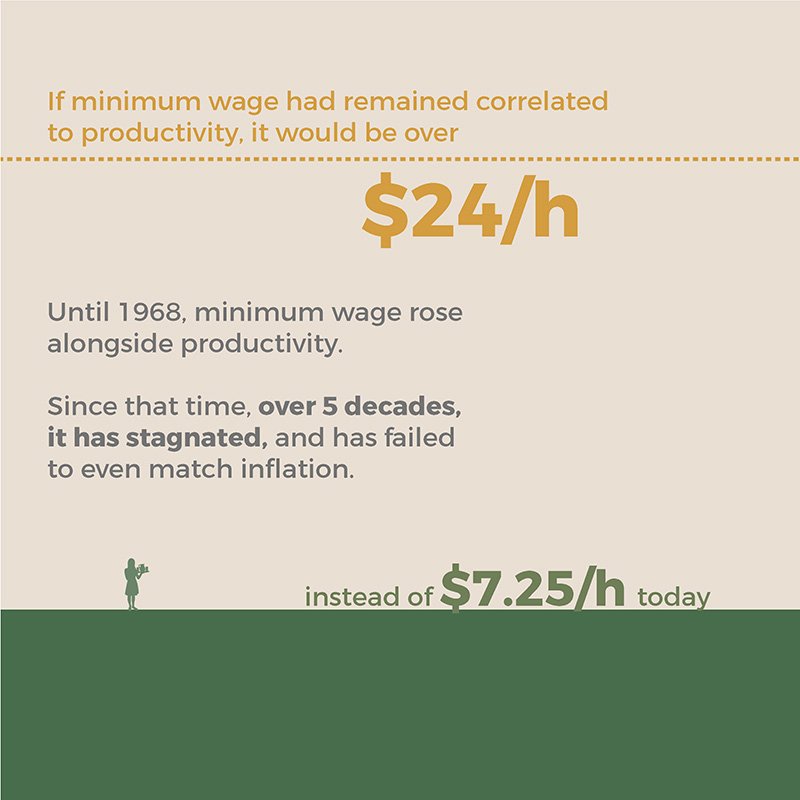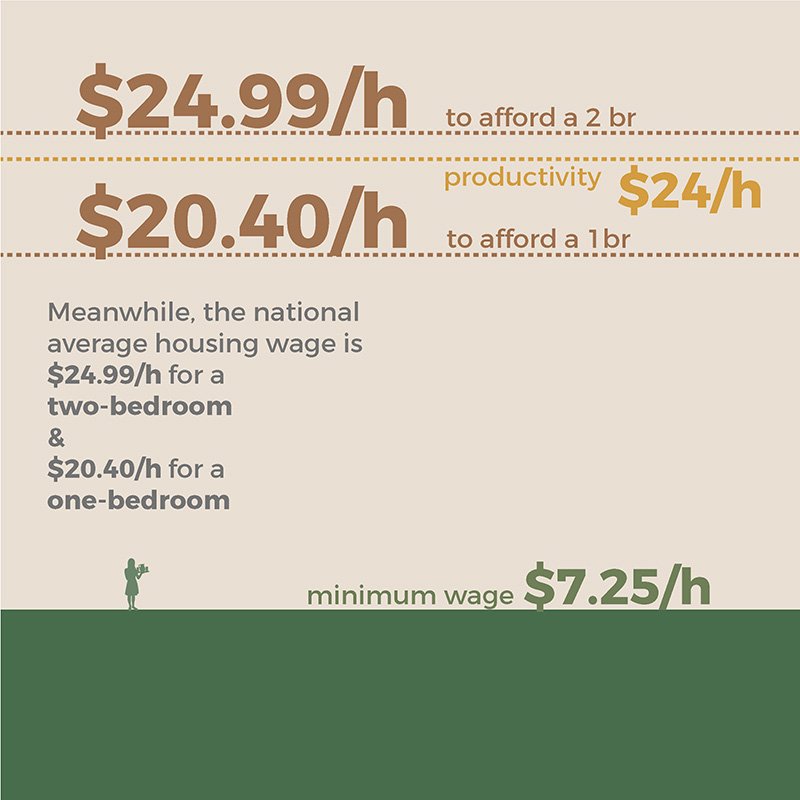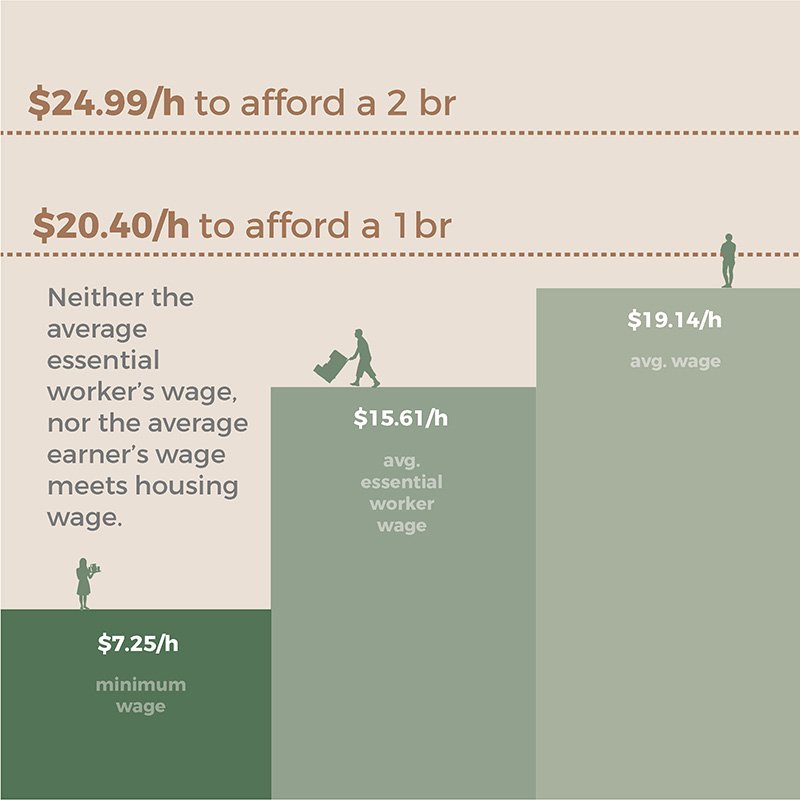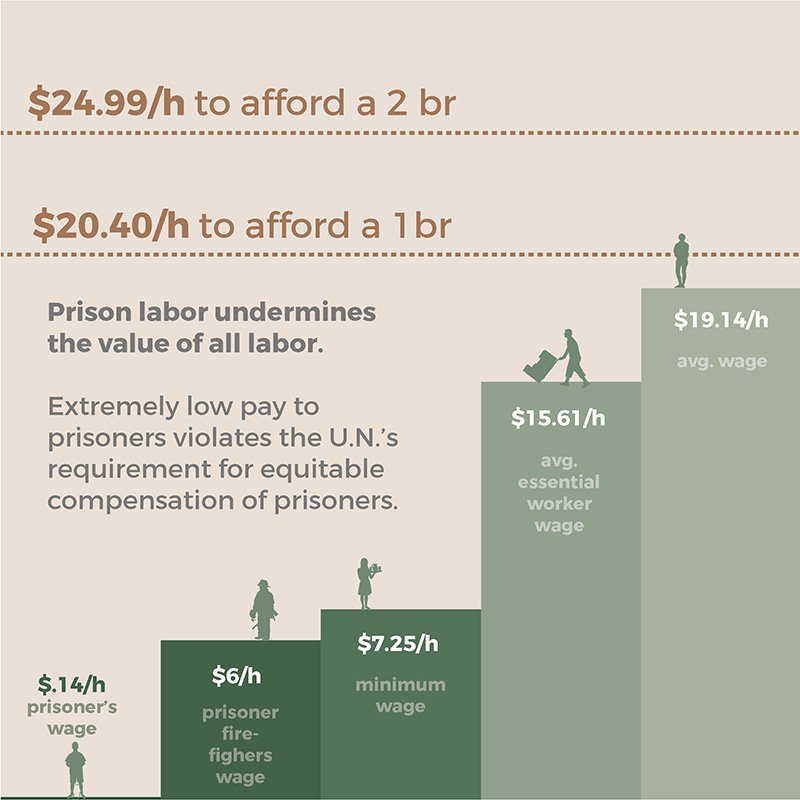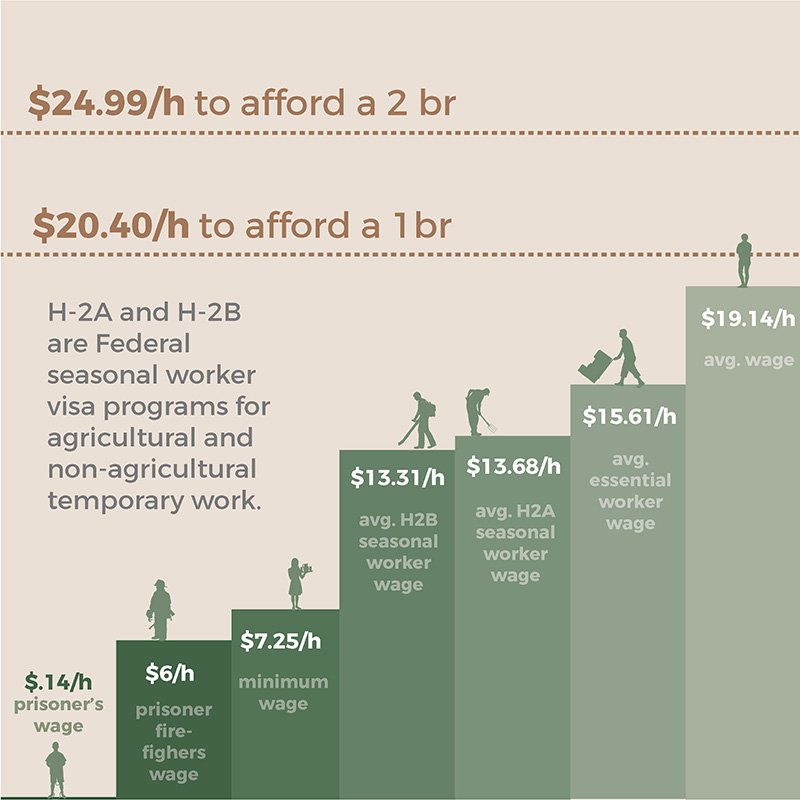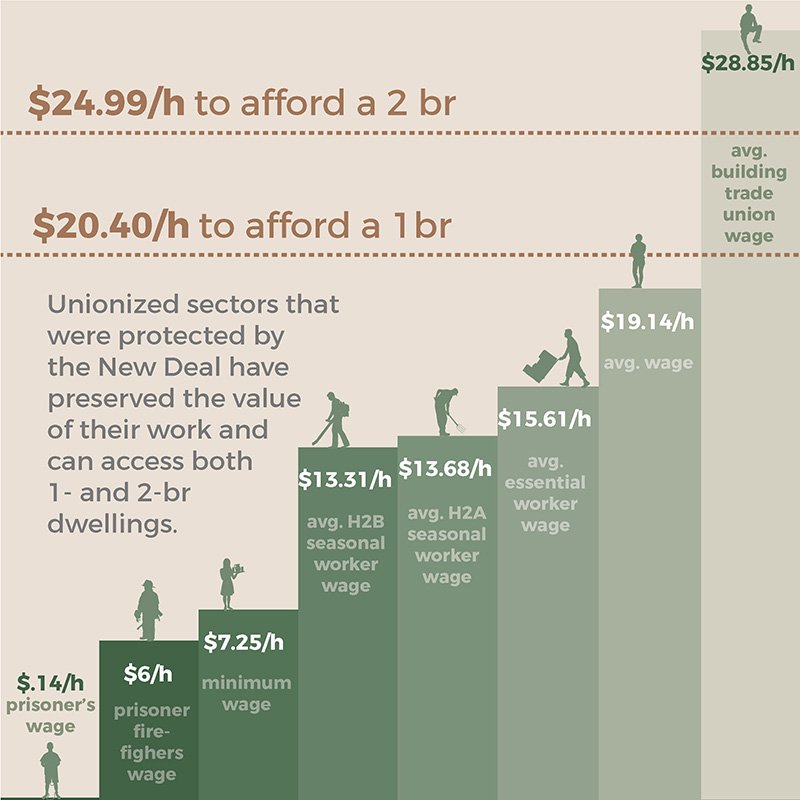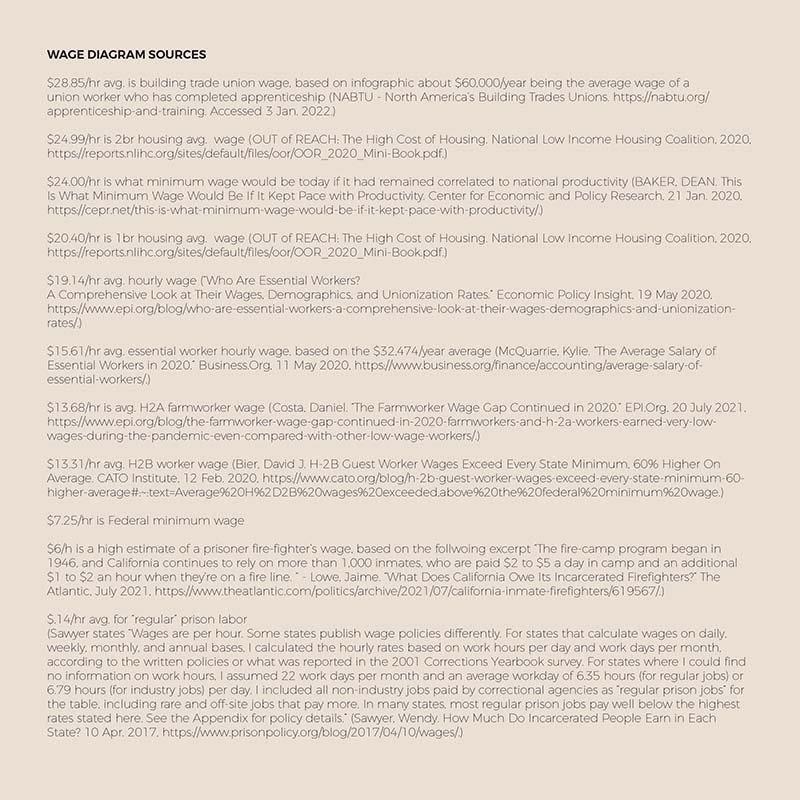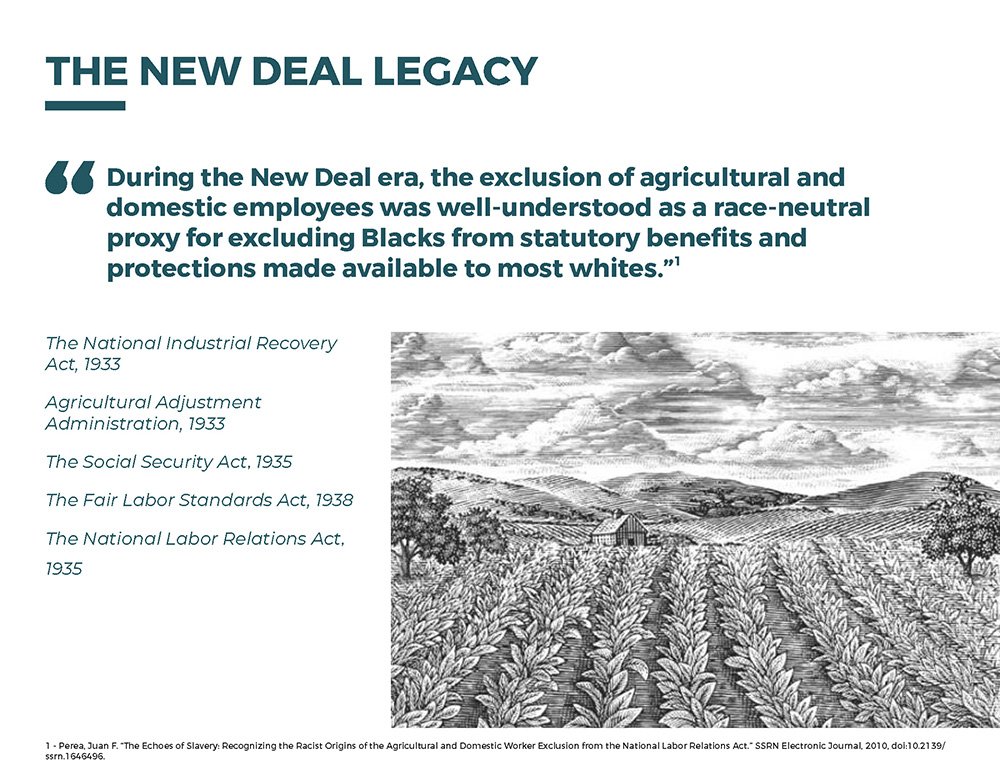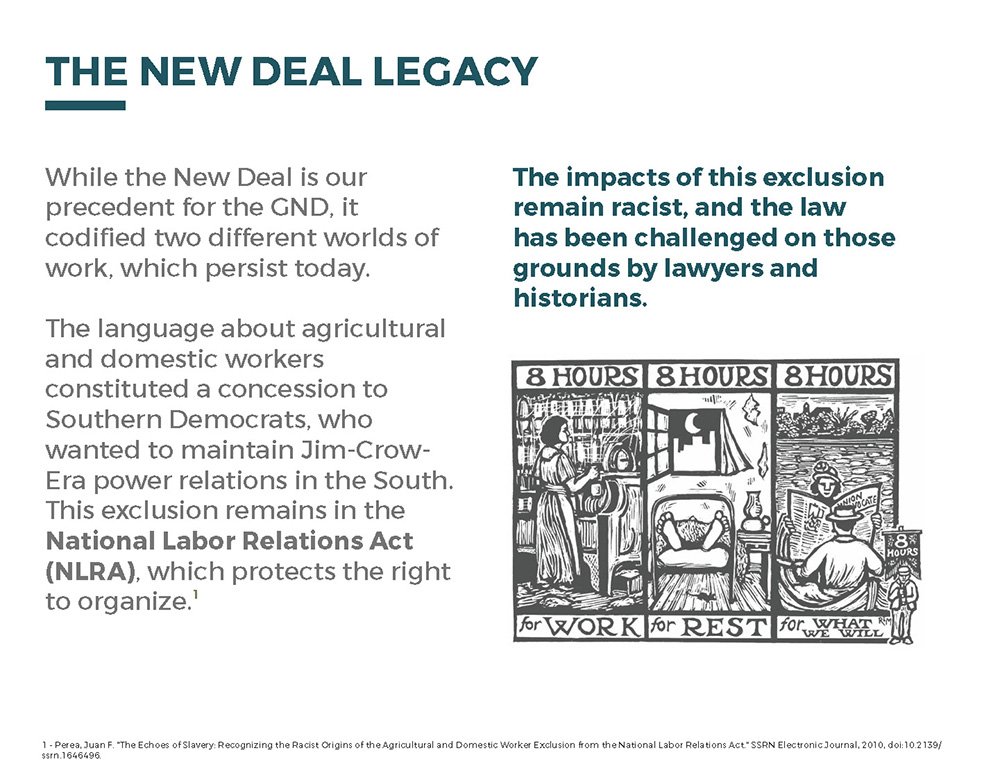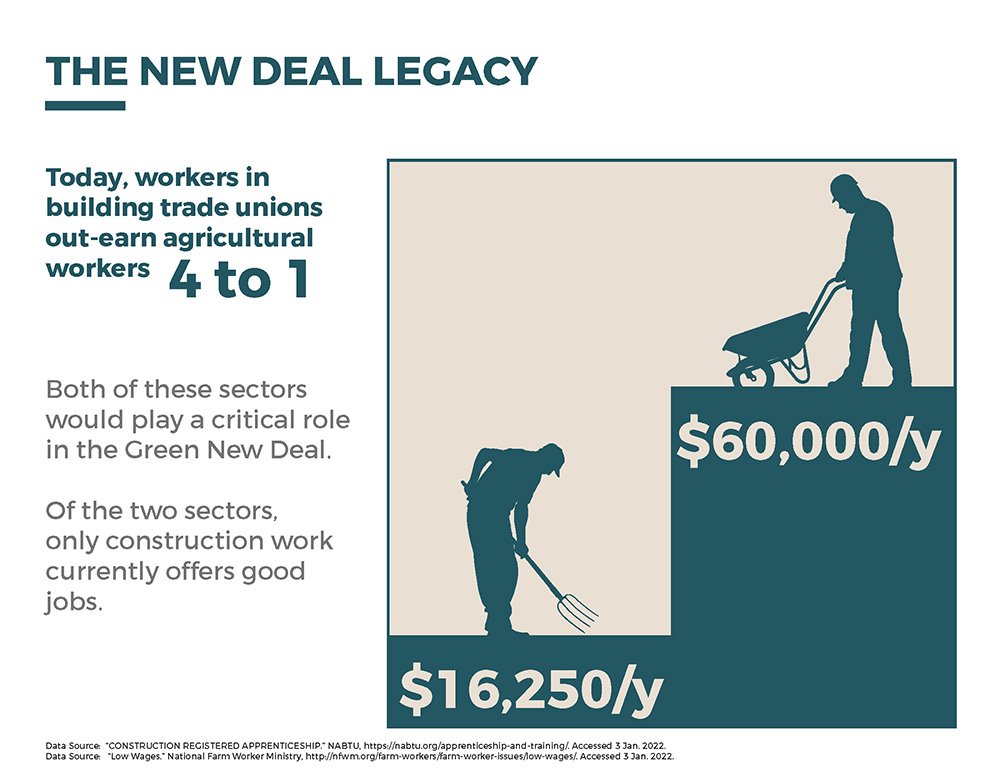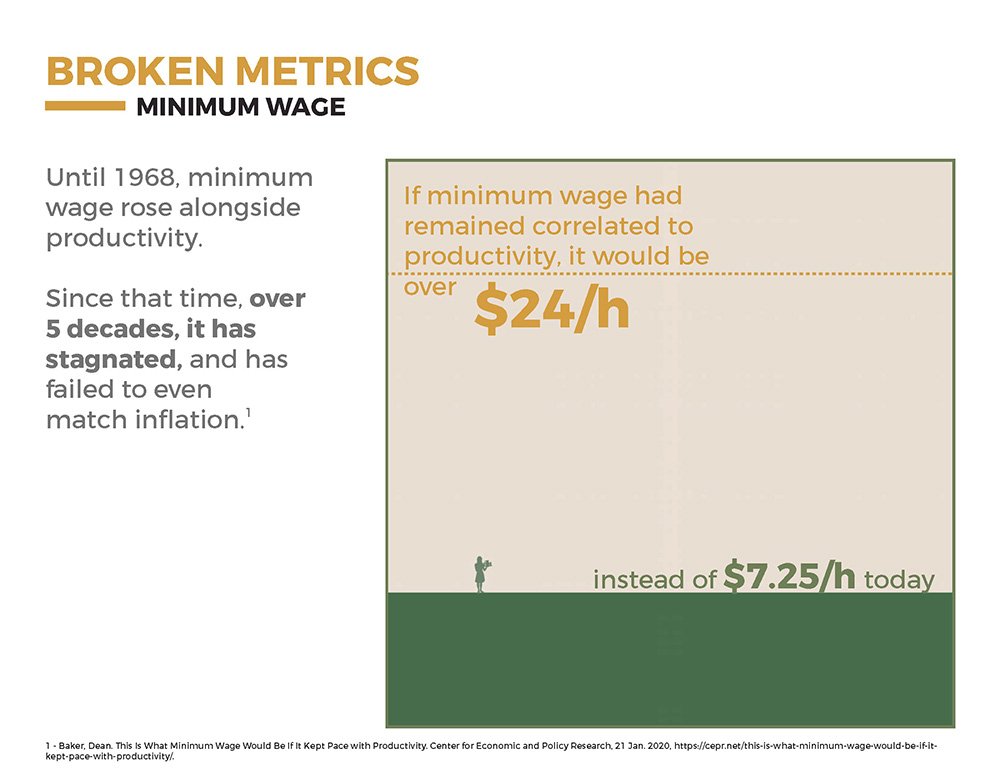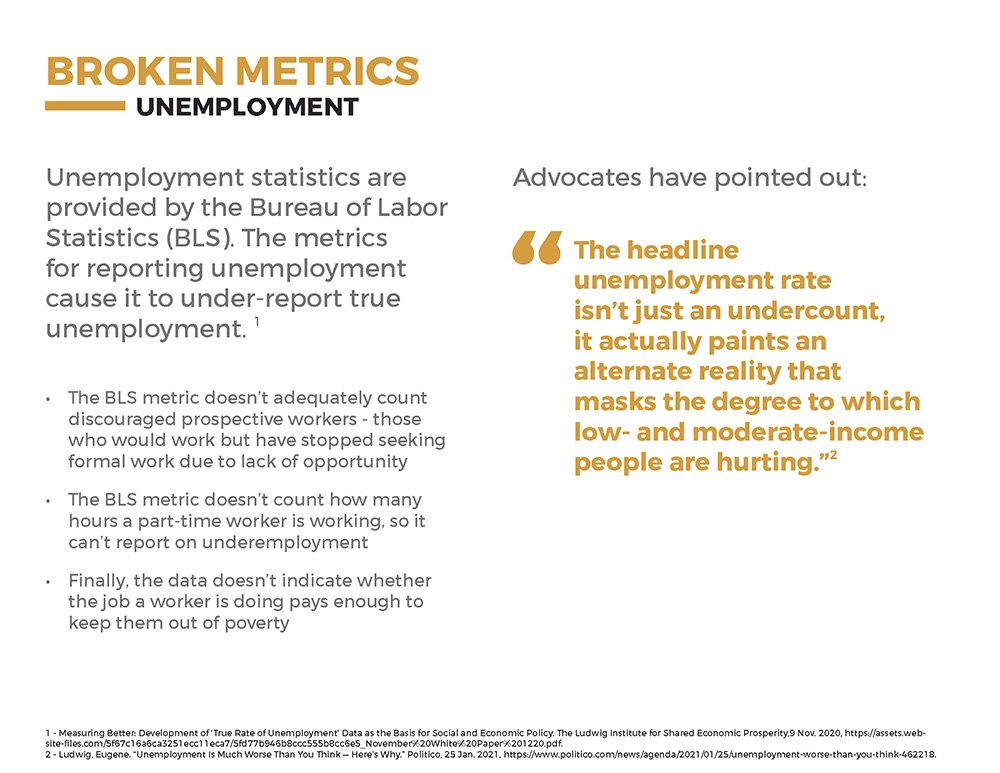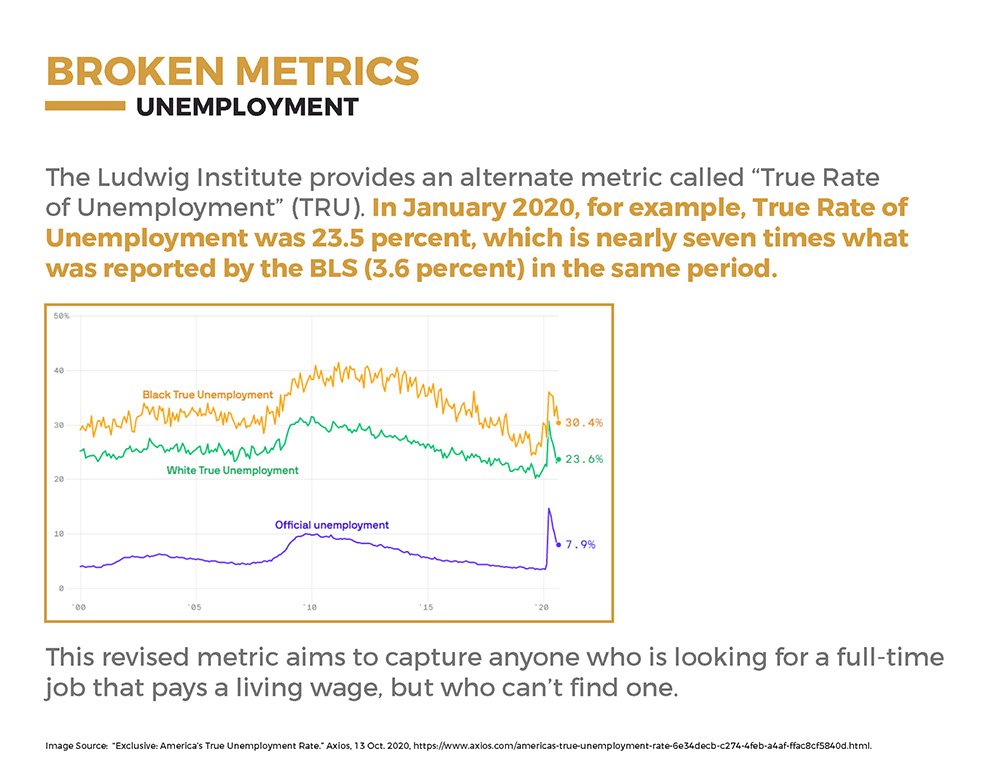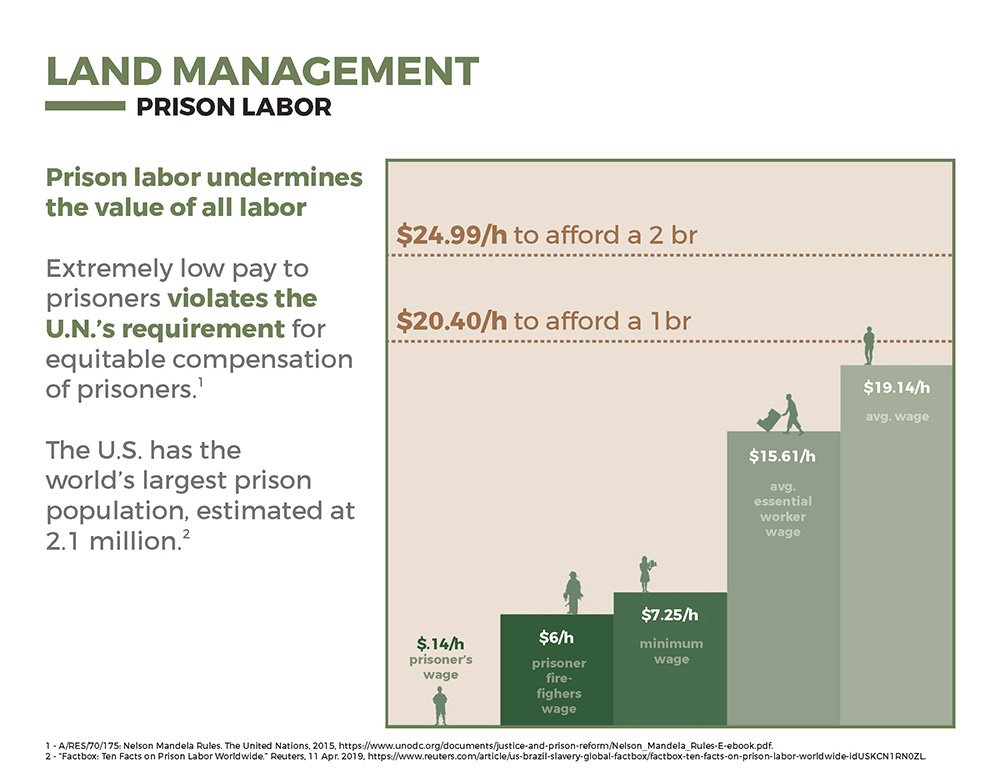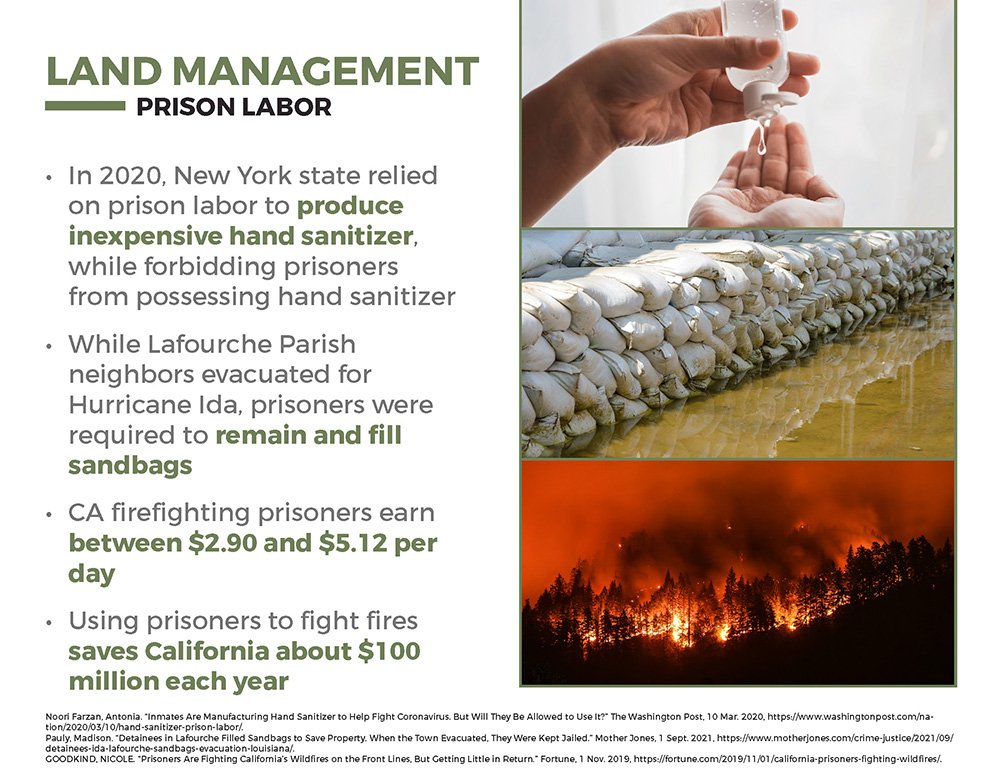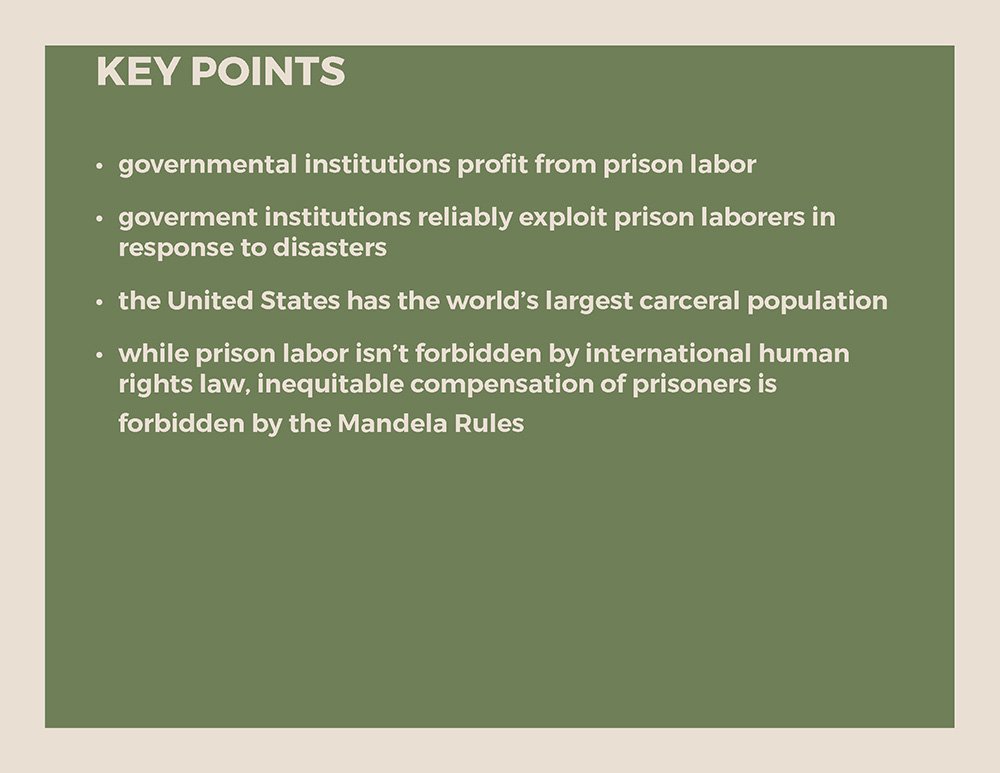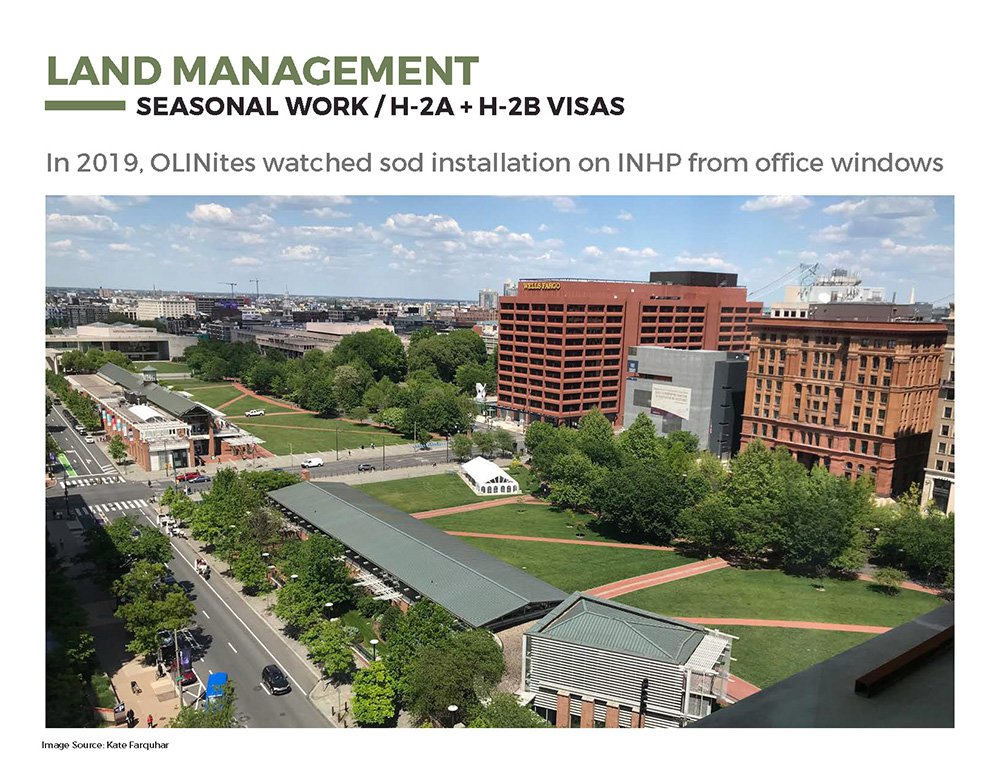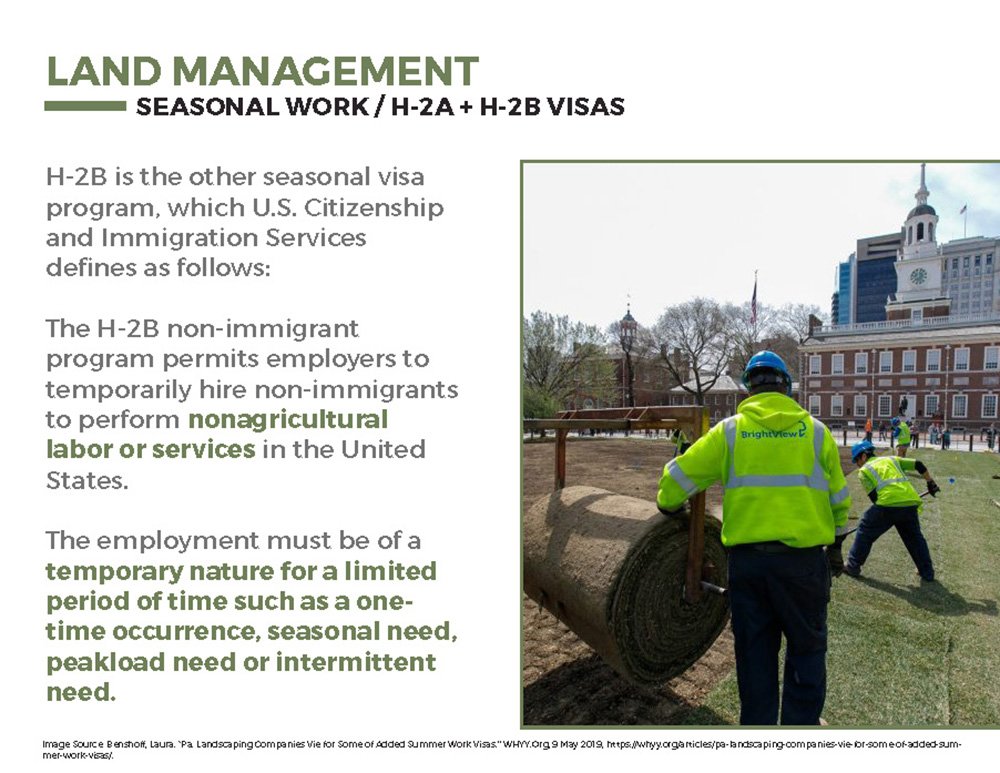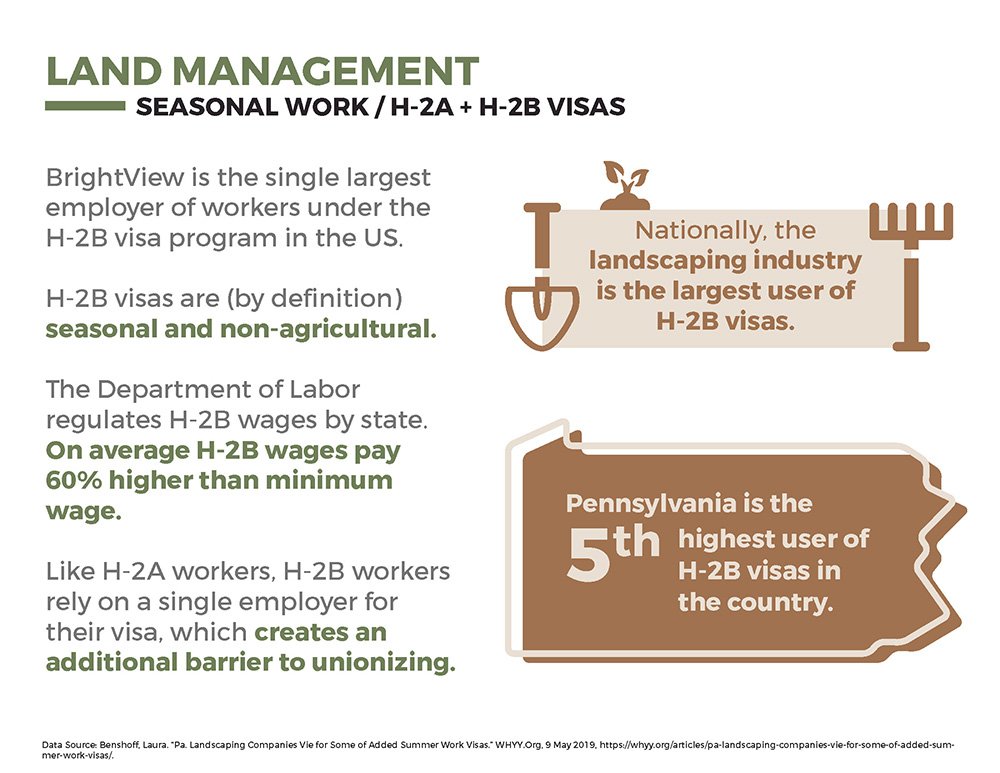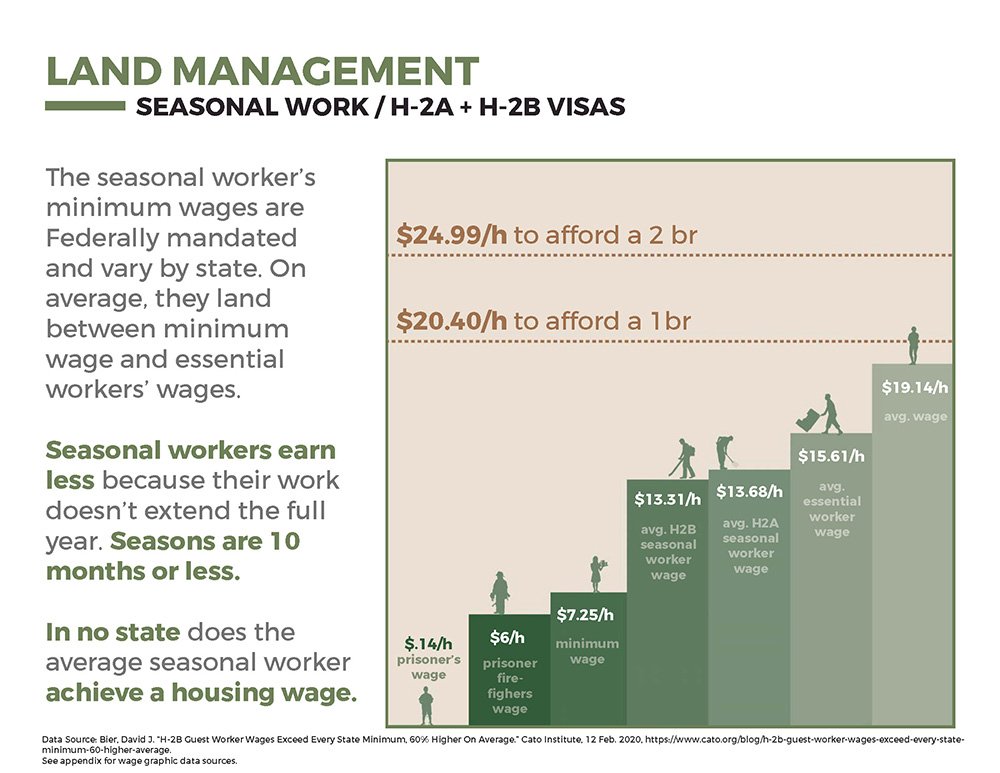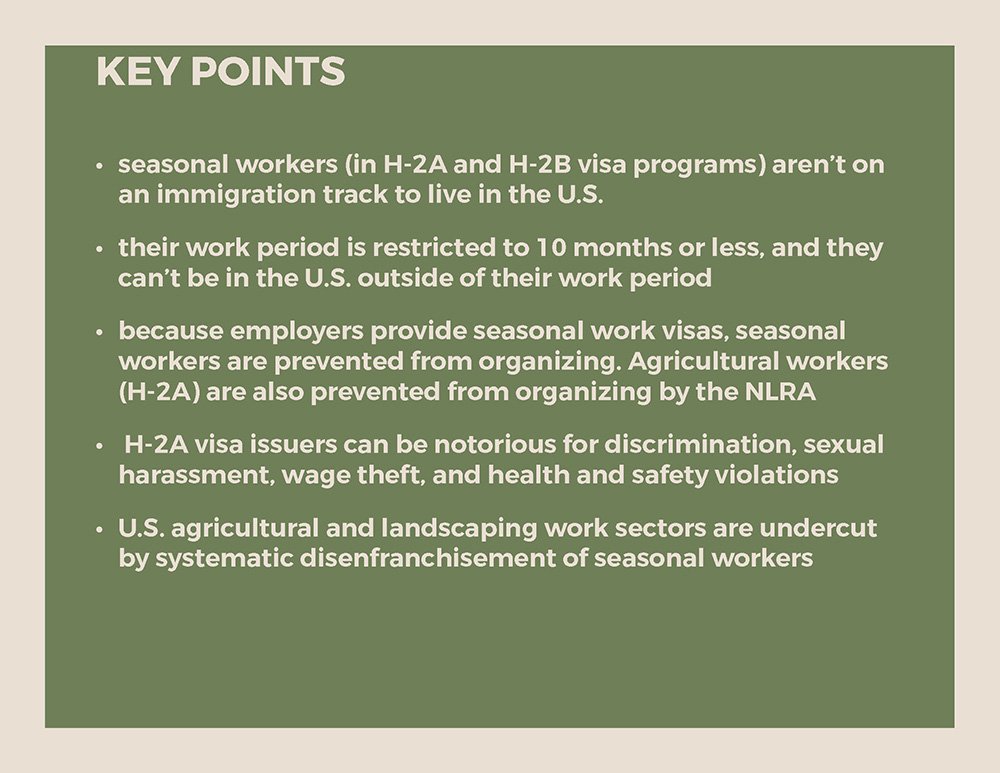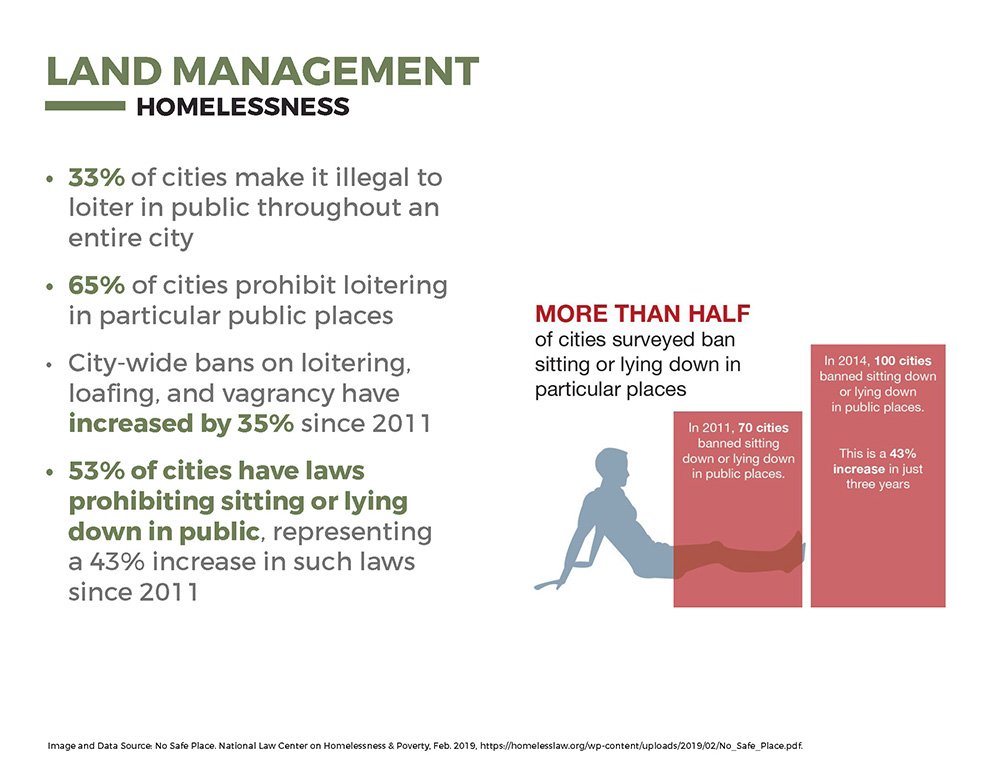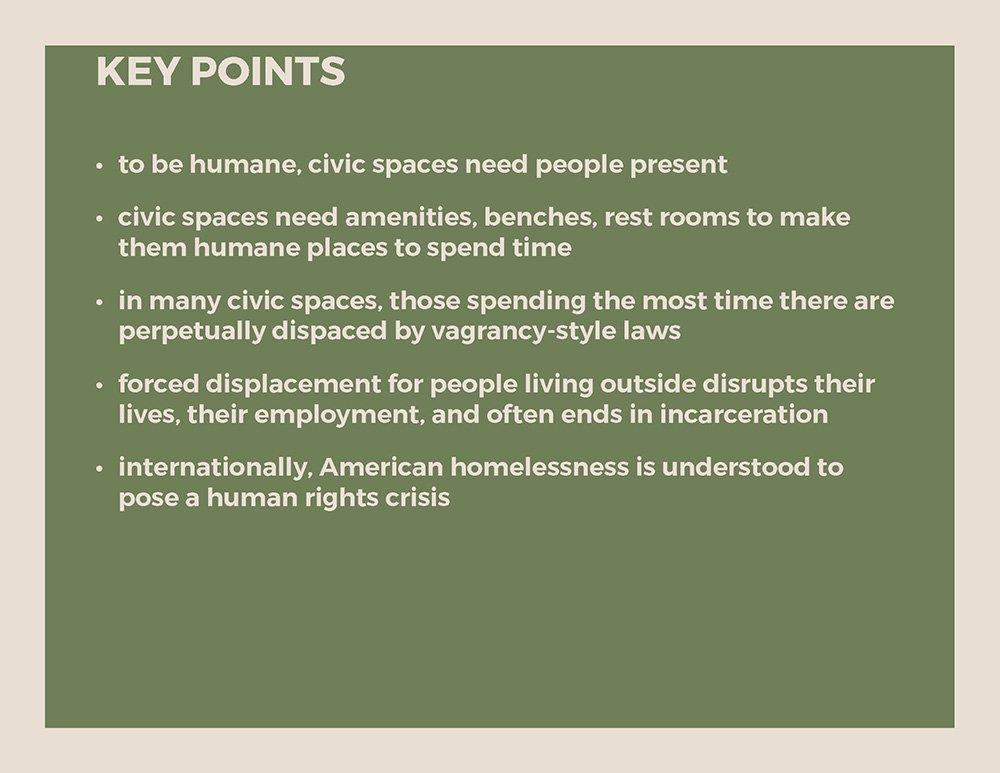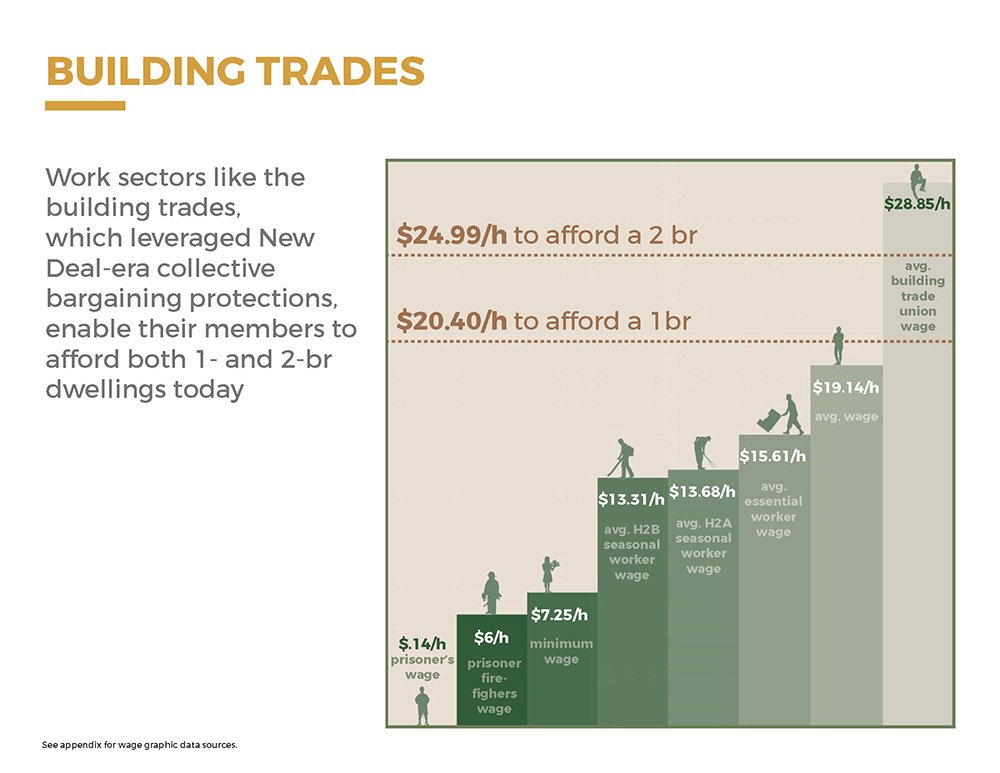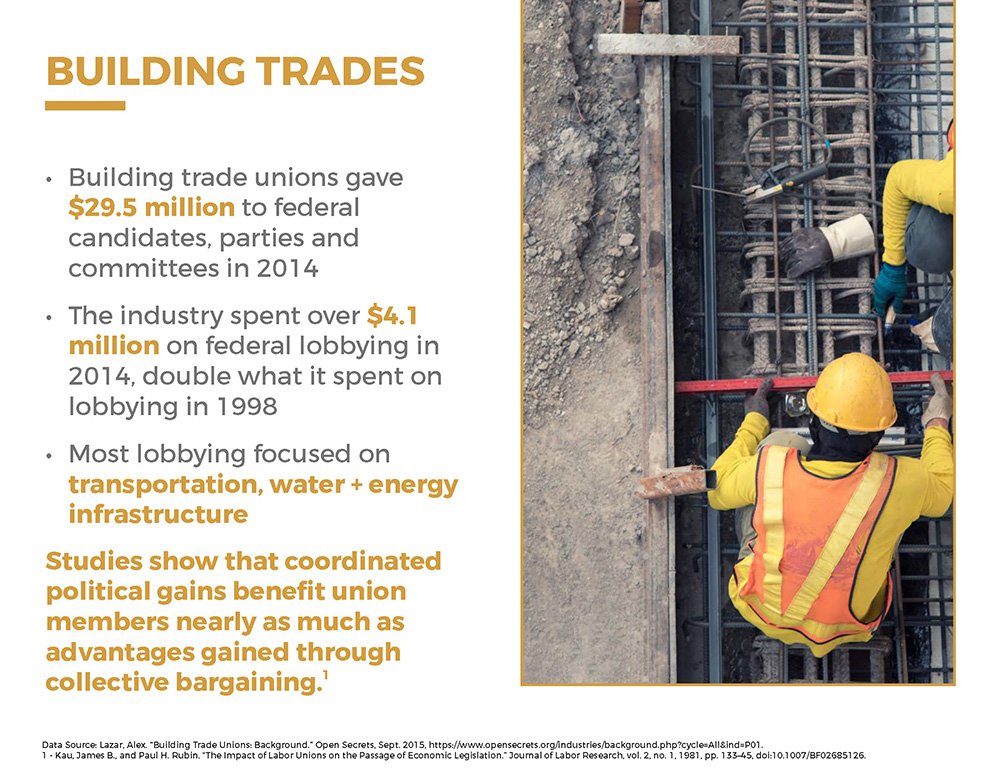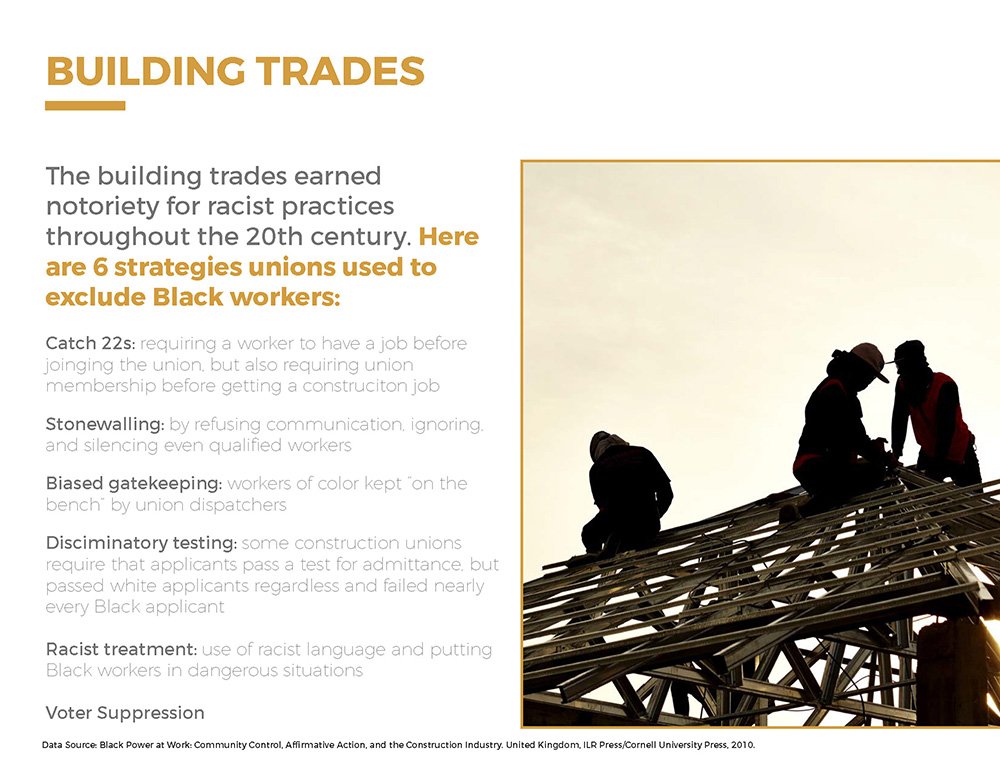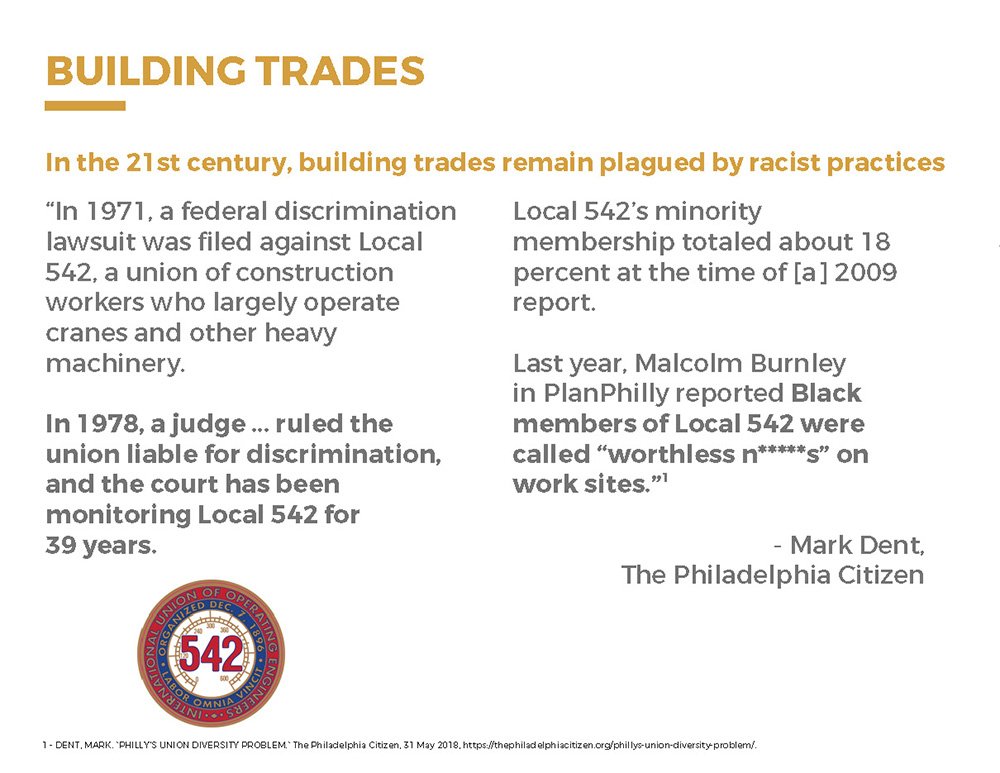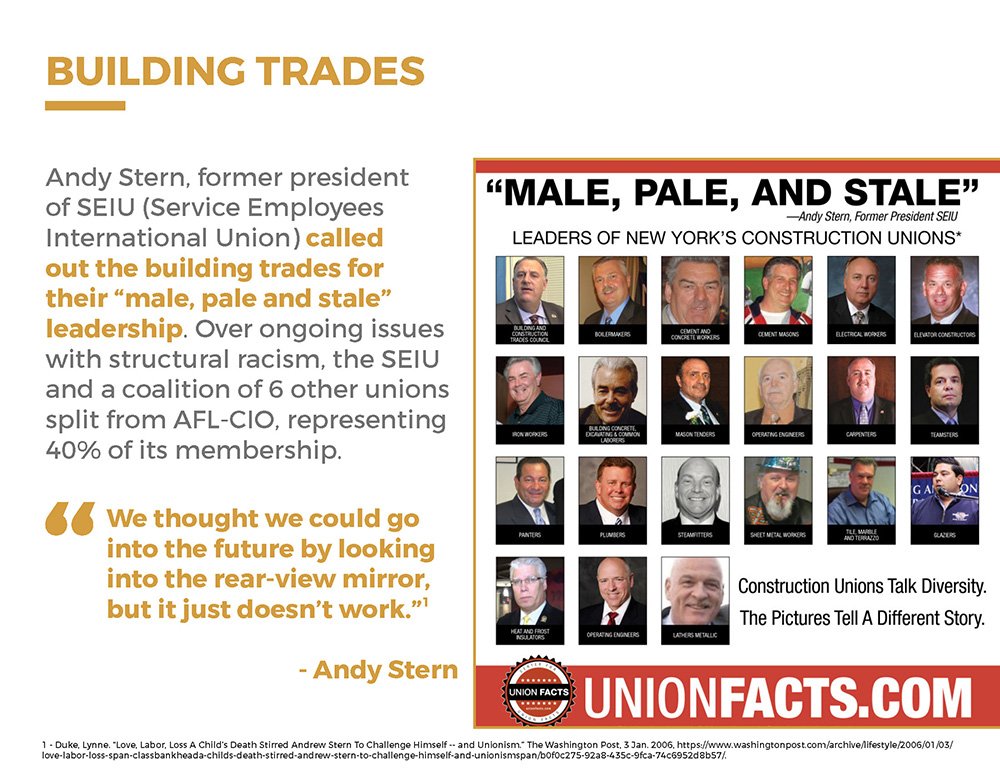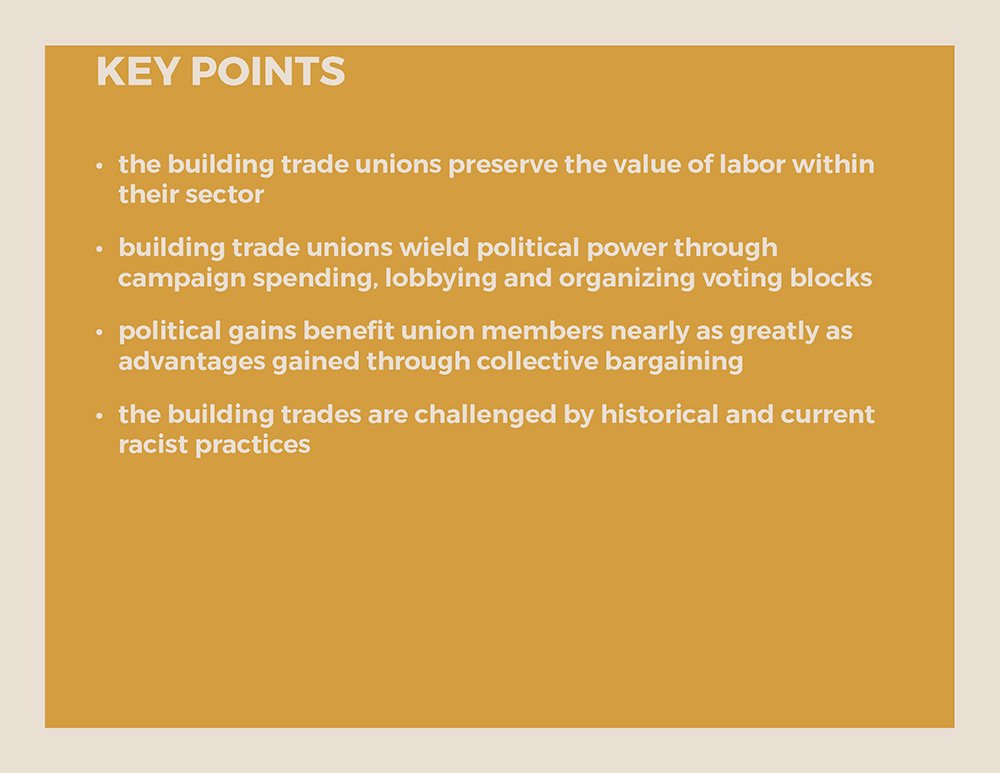Good Green Jobs and Paid Placekeeping
Resources and Review for Designers
Resources
In our research we came across some tools that we wanted fellow designers to know about. Here they are:
MIT maintains a living wage calculator that helps you identify a living wage within any location in the United States, for any family size.
Living Wage for US
Living Wage for US is an organization that certifies US employers that compensate based on real cost of living. Their platform is based on MIT's Living Wage Calculator
Justice40 Initiative
The Federal Government has made it a goal that 40% of the overall benefits of certain Federal investments flow to disadvantaged communities that are marginalized, underserved, and overburdened by pollution. President Biden made this historic commitment when he signed Executive Order 14008 within days of taking office. A Justice40 covered program is a Federal Government program that falls in the scope of the Justice40 initiative because it includes investments that can benefit disadvantaged communities across one or more of the following seven areas: climate change, clean energy and energy efficiency, clean transit, affordable and sustainable housing, training and workforce development, remediation and reduction of legacy pollution, and the development of critical clean water and wastewater infrastructure. The list of Justice40 covered programs are being released in groups of agencies over the coming weeks.
The Climate and Economic Justice Screening Tool
The Climate and Economic Justice Screening Tool (CEJST) is a geospatial mapping tool to identify disadvantaged communities that are marginalized, underserved, and overburdened by pollution. The CEJST will be continuously updated and refined based on feedback and as new datasets and research become available. Federal investments that are covered by the Justice40 Initiative, including new and existing programs in Bipartisan Infrastructure Law, will be able to use the updated version of the CEJST to help identify the communities that should receive 40 percent of the overall benefits from Federal investments under the Justice40 Initiative.
Justice40 Funding Finder
The Equitable & Just National Climate Platform compiled and maintains an active list of Federally-derived funding opportunities under the Justice40 initiative. The Justice40 Initiative is designed to implement President Joe Biden’s historic commitment to deliver at least 40 percent of federal climate and infrastructure investment benefits to disadvantaged communities. To browse their funding directory, select a Justice40 category from the dropdown menu to filter funding opportunities and explore funding amounts, eligibility, deadlines, and other important information.
Justice40 Accelerator
The Justice40 Accelerator is an organization that seeks to bridge access between under-resourced communities and the Federal Justice40 program, which targets those communities. Through a 12-month cohort experience, the Justice40 Accelerator supports climate and environmental justice organizations in building their capacity, partnerships, and readiness to access government funding to implement community-designed solutions. Their website includes a directory of funding opportunities for Justice40 communities. The directory includes Federal, State and private funding sources.
Action Tank’s Community Benefits AGreement (CBA) Toolkit
Featured in the Local Initiatives Support Corporation’s (LISC) Resource Library for community-based development, Action Tank’s Community Development Toolkit provides a manual that includes: an overview of process, best practices, and recent Community Benefits Agreement (CBA) wins around the nation. In addition to a free download of their manual and a video tutorial, you can request a briefing about the toolkit for your CBA group from ioanna@actiontankusa.org.
Review
Green Work Doesn't Pay for Housing
Research into the current state of green jobs showed that labor sectors performing green work have been systematically undermined for over a century. The context for devalued green work is inextricable from the legacy of racism in the United States. We were struck by the fact that most green work doesn't currently afford access to a housing wage. This page provides our review and synthesis of factors that seem to drive devaluation of green work.
New Deal Legacy
Popular legislative actions during the New Deal, nearly a century ago, afforded representatives the chance to make working conditions better for all workers. Unfortunately, New Deal labor laws were drafted to make work better for some workers but more exploitative for others, including agricultural workers.
Sources:
Perera, Juan F. “The Echoes of Slavery: Recognizing the Racist Origins of the Agricultural and Domestic Worker Exclusion from the National Labor Relations Act.” SSRN Electronic Journal, 2010, doi:10.2139/ssrn.1646496.
“CONSTRUCTION REGISTERED APPRENTICESHIP.” NABTU. Accessed 3 Jan. 2022.
“Low Wages.” National Farm Worker Ministry. Accessed 3 Jan. 2022.
Broken Metrics
Our inquiry into national measures related to work revealed that official metrics such as poverty and unemployment feature core flaws that yield misinformation about poverty and working conditions. It made more sense for us to proceed by comparing average wages to wages that afford housing to capture more reliable information about the current state of green work.
Sources:
Baker, Dean. This Is What Minimum Wage Would Be If It Kept Pace with Productivity. Center for Economic and Policy Research, 21 Jan. 2020.
OUT of REACH: The High Cost of Housing. National Low Income Housing Coalition, 2020.
Fremstad, Shawn. Outdated Assumptions Mask True Poverty Rate. Publicans, Center for Economic Policy Research, 7 Oct. 2020.
Measuring Better: Development of ‘True Rate of Unemployment’ Data as the Basis for Social and Economic Policy. The Ludwig Institute for Shared Economic Prosperity, 9 Nov. 2020.
Ludwig, Eugene. “Unemployment is Much Worse Than You Think — Here’s Why.” Politico, 25 Jan. 2021.
“Exclusive: America’s True Unemployment Rate.” Axios, 13 Oct. 2020.
Land Management and Human Rights
Looking into kinds of vulnerable workers -- prison laborers and seasonal visa workers -- afforded us insight into the ways institutional systems construct certain kinds of green work to exploit people in response to climate disaster and societal needs. When green work is exploited or systematically devalued, it negatively impacts the value of all work by driving down wages and lowering standards for workers’ rights. Furthermore, vagrancy laws embedded in urban land management further perpetuate the human rights crisis of homelessness.
Sources:
A/RES/70/175: Nelson Mandela Rules. The United Nations, 2015.
“Factbox: Ten Facts on Prison Labor Worldwide.” Reuters, 11 Apr. 2019.
Noori Farzan, Antonia. “Inmates Are Manufacturing Hand Sanitizer to Help Fight Coronavirus. But Will They Be Allowed to Use It?” The Washington Post, 10 Mar. 2020.
Pauly, Madison. “Detainees in Lafourche Filled Sandbags to Save Property. When the Town Evacuated, They Were Kept Jailed.” Mother Jones, 1 Sept. 2021.
GOODKIND, NICOLE. “Prisoners Are Fighting California’s Wildfires on the Front Lines, But Getting Little in Return.” Fortune, 1 Nov. 2019.
Bauer, Mary, and Maria Perales Sanchez. Ripe for Reform: Abuse of Agricultural Workers in the H-2A Visa Program. CENTRO DE LOS DERECHOS DEL MIGRANTE, INC., 2020.
Benshoff, Laura. “Pa. Landscaping Companies Vie for Some of Added Summer Work Visas.” WHYY.Org, 9 May 2019.
Bier, David J. “H-2B Guest Worker Wages Exceed Every State Minimum, 60% Higher On Average.” Cato Institute, 12 Feb. 2020.
No Safe Place. National Law Center on Homelessness & Poverty, Feb 2019.
Building Trades
The Building Trades stood out to us among the labor sectors we examined because of how effectively they have defended the value of their work, which was made possible by their inclusion within New-Deal-era labor protections. Among the large sectors we considered that already contribute to green work, they alone were able to earn a wage that affords housing. Their most effective strategy for defending labor value has been unionizing. Like nearly all institutions in the U.S., the building trades are also challenged by historical and current exclusionary/racist practices.
Sources:
Cook, Howard Norton. Steel Industry. 1936, U.S. Post Office and Courthouse: Cook Mural - Pittsburgh Pa.
Lazar, Alex. “Building Trade Unions: Background.” Open Secrets, Sept. 2015.
Kau, James B., and Paul H. Rubin. “The Impact of Labor Unions on the Passage of Economic Legislation.” Journal of Labor Research, vol. 2, no. 1, 1981, pp. 133-45. doi:10.1007/BF02685126.
Black Power at Work: Community Control, Affirmative Action, and the Construction Industry. United Kingdom, ILR Press/Cornell University Press, 2010.
DENT, MARK. “PHILLY’S UNION DIVERSITY PROBLEM.” The Philadelphia Citizen, 31 May 2018.
Duke, Lynne. “Love, Labor, Loss A Child’s Death Stirred Andrew Stern To Challenge Himself — and Unionism.” The Washington Post, 3 Jan. 2006.

